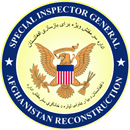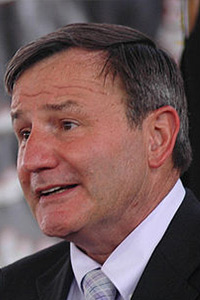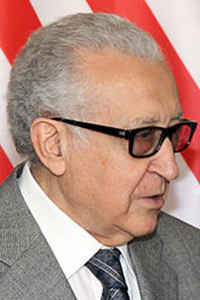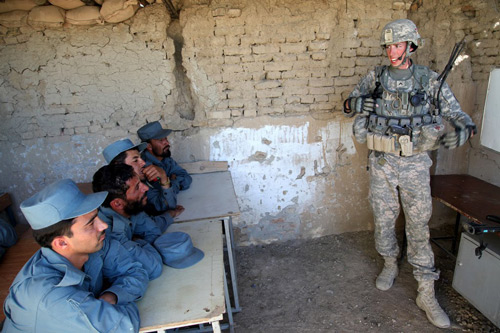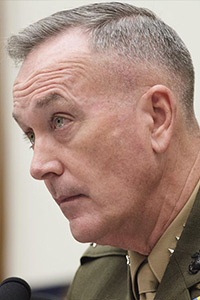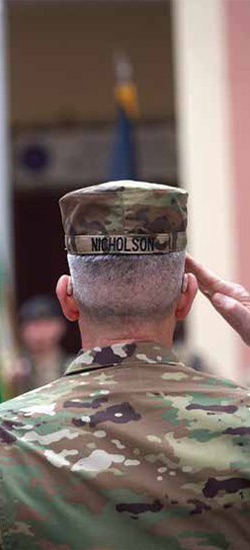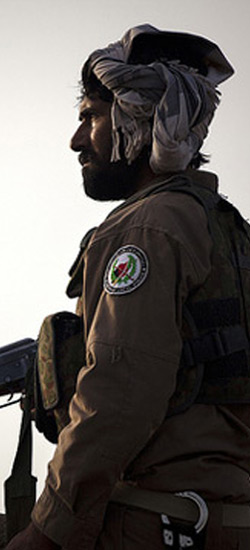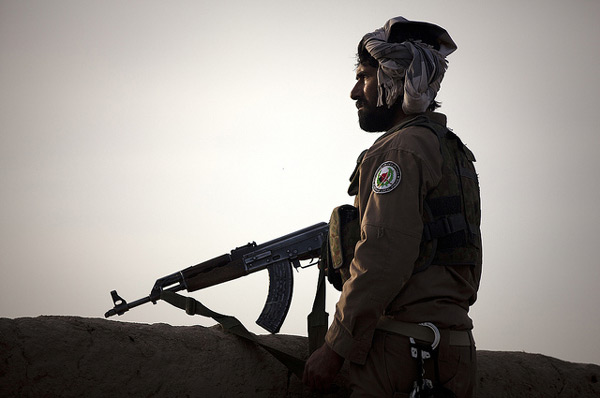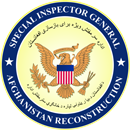
A fully capable Afghan National Defense and Security Force (ANDSF) that is able to secure Afghanistan from internal and external threats and prevent the re-establishment of terrorist safe havens is a U.S. national security objective. Despite U.S. government expenditures of more than $70 billion in security sector assistance to design, train, advise, assist, and equip the ANDSF since 2002, the Afghan security forces are not yet capable of securing their own nation.
This lessons learned report draws important lessons from the U.S. experience building the ANDSF over the past 16 years, and provides timely and actionable recommendations intended to improve our actions in Afghanistan and elsewhere.
 DOD PhotoU.S. Secretary of Defense Robert Gates
DOD PhotoU.S. Secretary of Defense Robert Gates“America’s interagency toolkit [for building the security capacity of partner nations is a] hodgepodge of jerry-rigged arrangements constrained by a dated and complex patchwork of authorities, persistent shortfalls in resources, and unwieldy processes.”
The report charts the evolution of the mission from the initial U.S. agreement to serve as the lead nation for the development of the Afghan National Army (ANA), to later assuming a level of ownership for the success of the Afghan military and police forces, to ultimately making their development a critical precondition for reducing U.S. and coalition support over time. The report also describes how the U.S. government was ill-prepared to develop a national security force in a post-conflict nation; the changing resource requirements for ANDSF personnel, equipment, and funding; and the inherent tensions within and between the U.S. government and international coalition.
Finally, the report provides a detailed analysis of cross-cutting issues affecting ANDSF development. These issues include corruption, illiteracy, the role of women, the provision of weapons and equipment, high levels of ANDSF attrition, and the annual rotation of U.S. advisors and trainers.
